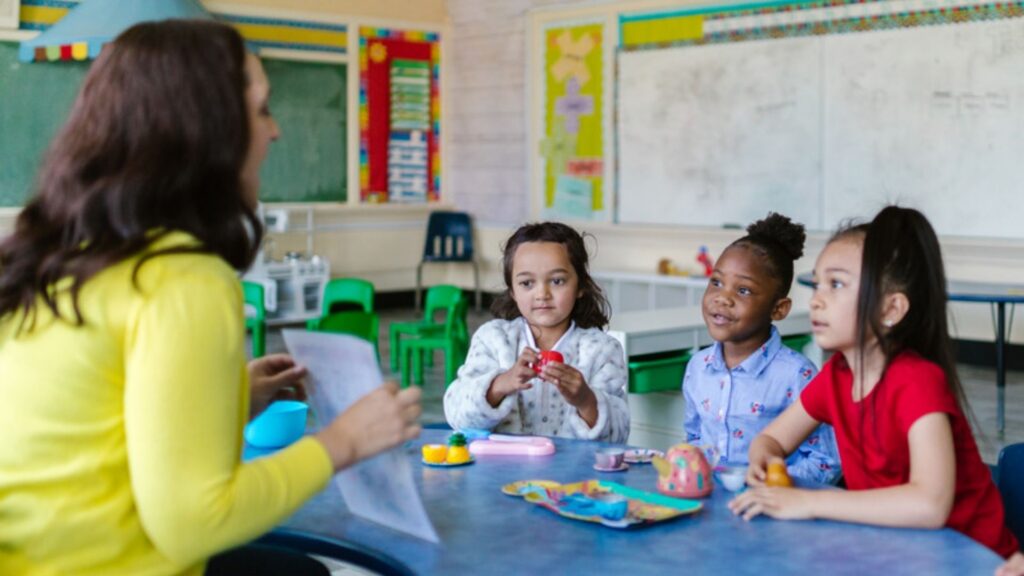Federal Funding For Pandemic Recovery Will Run Out Before Learning Loss Fully Recovers
Learning loss suffered by students from the pandemic will last for years, and outpace federal relief funds meant to make up for it.

Lockdowns were highly controversial during the pandemic, but favored by many politicians as well as powerful teachers’ unions and school boards, leading to massive learning loss. Although there was plenty of evidence that COVID-19 was not as deadly or harmful as previously predicted and that lockdowns and masking were not helpful, schools in some areas extended closures and forced masses of children to be distanced and masked for long periods of time once in-person learning was re-established. This led the federal government to approve trillions of dollars in pandemic relief money, leading to over $190 billion in Elementary & Secondary School Relief (ESSR) funds. Now students are still suffering the long-term effects of excessive pandemic protocols and some educators fear that relief money will run out before learning loss recovery is achieved.
Learning loss is being felt by public school students across all demographics. As some children benefited from virtual learning and even took the opportunity to graduate from both high school and college at the same time, many suffered from an inability to socialize and experience a variety of hands-on learning experiences. Although classes mainly returned to normal for the 2021-2022 school year, students are still scoring 5-10% lower in math and 2-4% lower in reading than they were pre-pandemic.
Grade school children are catching up faster, but learning loss recovery is proving difficult for middle school students. There are many factors that may be slowing the process. Despite the masses of funding that have been given to districts, a teacher shortage has left schools understaffed. In addition, public support for the education system has dropped in wake of the insertion of politics and identity-based teaching practices being forced into classrooms by teachers’ unions, school boards, and the Department of Education.
Enrollment is down, and chronic absenteeism has increased. Youth mental health is now in the midst of a national emergency as children are experiencing anxiety, depression, and suicidal thoughts at unprecedented rates, and it’s no wonder, isolation has been known to cause all of these mental issues as well as schizophrenia. Students are distracted. School violence is on the rise, and respect for teachers is down. Learning loss was to be expected at first, but many experts did not foresee the long-term fallout that teachers are witnessing.
Students cannot focus and are battling severe issues. While plenty of schools have utilized their ESSR funds to train teachers in Critical Race Theory and gender inclusion, student success rates have not recovered. Learning loss continues to plague children whose lives were completely disrupted for months, if not years, and no amount of identity lessons have aided them.

ESSR funding expires in the fall of 2024 and if districts cannot aid students by then they will have to divert funding from other areas of the annual budget. Learning loss is a serious issue that must be addressed, but students did not choose to be kept home, distanced from each other, and forced to wear masks. While many believe that more money will solve the problem, no dollar amount can give students back the time they lost, nor boost their development. The long-term effects of shutting down schools are likely to be studied for years to come, and the children involved can only grow and heal at their own pace.



